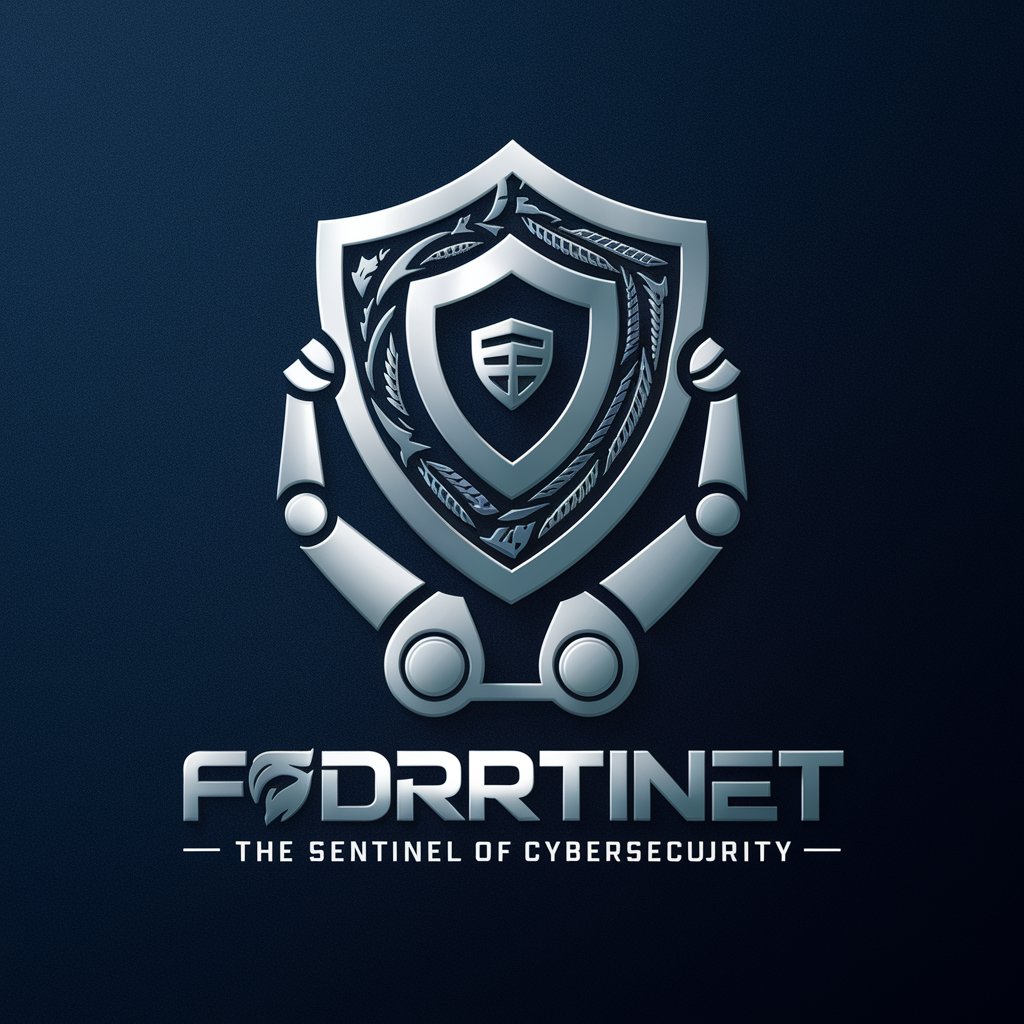9 GPTs for Threat Management Powered by AI for Free of 2026
AI GPTs for Threat Management are advanced artificial intelligence tools designed to enhance security and risk assessment processes. Utilizing the capabilities of Generative Pre-trained Transformers (GPTs), these tools specialize in identifying, analyzing, and mitigating potential threats across various digital environments. Their relevance in threat management lies in their ability to process and interpret vast amounts of data, recognizing patterns and anomalies that could indicate potential security risks. By leveraging natural language processing and machine learning, GPTs offer tailored solutions that support proactive threat identification and response strategies, making them invaluable assets in maintaining digital security.
Top 9 GPTs for Threat Management are: Firewally,Phoenix Cyber Sentinel - Vulnerability Navigator,Incident Response Playbook,GptOracle | The Forti-net Certified Engineer,Orobas - Cyber Security Report Assistant,OT Cybersecurity for Dummies,Cybersecurity Advisor,ethicallyHackingspace (eHs)® (SITH)™,Insider Threat Insight
Firewally
Automate Your Network Security

Phoenix Cyber Sentinel - Vulnerability Navigator
AI-Powered Cybersecurity Insights

Incident Response Playbook
Empower Your Response with AI-Driven Insights

GptOracle | The Forti-net Certified Engineer
Empower Your Cybersecurity with AI

Orobas - Cyber Security Report Assistant
Empowering Cybersecurity with AI Insight

OT Cybersecurity for Dummies
Empowering cybersecurity understanding with AI

Cybersecurity Advisor
Empowering Security Decisions with AI

ethicallyHackingspace (eHs)® (SITH)™
Guarding Space Assets with AI

Insider Threat Insight
AI-Driven Threat Insight

Key Attributes of AI GPTs in Threat Management
AI GPTs tools for Threat Management are distinguished by their adaptability, enabling them to handle tasks ranging from simple threat detection to complex risk analysis. Core features include sophisticated language comprehension, allowing them to understand and interpret security-related data, and advanced data analysis capabilities for identifying subtle threat patterns. Specialized functions may also include real-time web searching for threat intelligence, image analysis for digital forensics, and technical support chatbots designed for cybersecurity teams. These features collectively enhance the ability of organizations to respond to and manage threats effectively.
Who Benefits from AI GPTs in Threat Management
The primary beneficiaries of AI GPTs for Threat Management include cybersecurity novices seeking to understand threat landscapes, developers integrating threat management solutions, and professionals in cybersecurity roles requiring advanced analytical tools. These AI tools are designed to be accessible to users without coding skills, offering intuitive interfaces and guided processes, while also providing robust customization options for users with technical expertise. This dual approach ensures that GPTs can be effectively utilized across a broad spectrum of users within the threat management domain.
Try Our other AI GPTs tools for Free
Exploit Tracking
Discover AI GPTs for Exploit Tracking, the cutting-edge tools revolutionizing cybersecurity with predictive threat analysis, real-time monitoring, and customizable features for all users.
Patch Prioritization
Explore AI-powered GPT tools for efficient Patch Prioritization, enhancing cybersecurity with automated vulnerability management and patch ranking.
Exercise Demonstrations
Discover how AI GPTs for Exercise Demonstrations can transform your fitness journey with personalized workout guides, detailed exercise techniques, and interactive support, tailored for everyone from novices to professionals.
Pin Designing
Discover the future of pin design with AI GPT tools, offering innovative, tailored solutions for creating stunning pins. Perfect for designers at any skill level.
AI Demystification
Unlock the world of AI with our AI GPTs for Demystification tools, designed to simplify AI concepts and technologies for everyone. Explore, learn, and integrate AI with ease.
XR Prototyping
Discover how AI GPTs are transforming XR Prototyping with intuitive design, natural language processing, and customizable features for an innovative development experience.
Expanding the Horizon with AI GPTs in Threat Management
AI GPTs offer customized solutions across different sectors, adapting to unique threat landscapes with their learning capabilities. Their user-friendly interfaces facilitate easy adoption, while their ability to integrate with existing systems ensures that they can enhance and complement current security measures. This adaptability not only improves threat management processes but also supports continuous learning and improvement, reflecting the evolving nature of digital threats.
Frequently Asked Questions
What are AI GPTs for Threat Management?
AI GPTs for Threat Management are specialized tools that use artificial intelligence to identify, analyze, and mitigate digital threats, leveraging data analysis and natural language processing to provide comprehensive security solutions.
How do these tools differ from traditional security software?
Unlike traditional security software that relies on predefined rules and databases, AI GPTs utilize machine learning and natural language processing to adapt to new threats dynamically, offering more nuanced and comprehensive threat analysis.
Can non-technical users operate these AI GPT tools?
Yes, these tools are designed with user-friendly interfaces that allow non-technical users to effectively manage threat detection and analysis without requiring programming skills.
What customization options are available for advanced users?
Advanced users can customize AI GPT tools for Threat Management through programming interfaces, allowing for the integration of custom data sources, the adjustment of threat detection algorithms, and the development of bespoke analysis tools.
How do these AI tools stay updated with the latest threats?
AI GPTs continuously learn from new data, enabling them to recognize and adapt to evolving threats. They can also integrate real-time threat intelligence feeds to stay updated with the latest security trends.
Can AI GPTs predict future threats?
While prediction of specific future threats is challenging, AI GPTs can analyze trends and patterns to forecast potential security risks, helping organizations to prepare and mitigate possible future threats.
Are there any sectors where AI GPTs for Threat Management are particularly effective?
AI GPTs are particularly effective in sectors with large digital footprints, such as finance, healthcare, and e-commerce, where they can provide significant insights into potential threats and vulnerabilities.
How do these tools integrate with existing security systems?
AI GPT tools can be integrated with existing security systems through APIs, allowing for seamless data exchange and enhancing the overall effectiveness of threat management strategies.